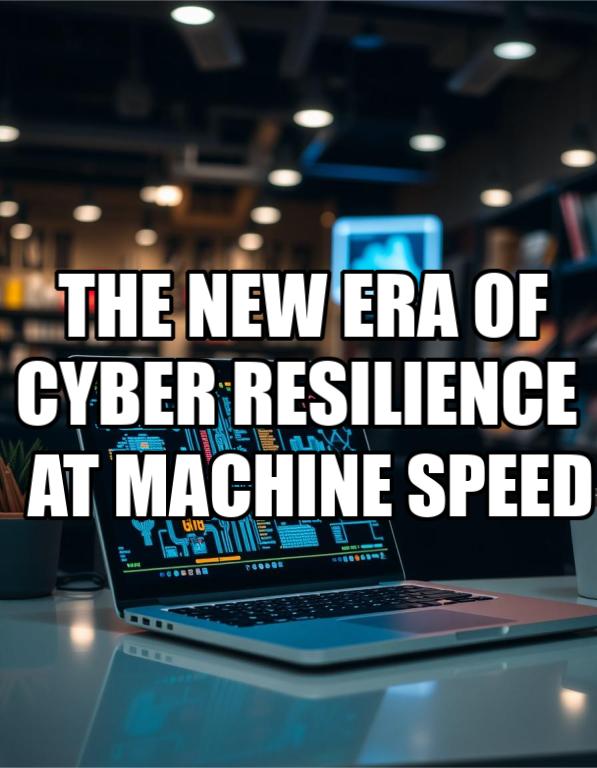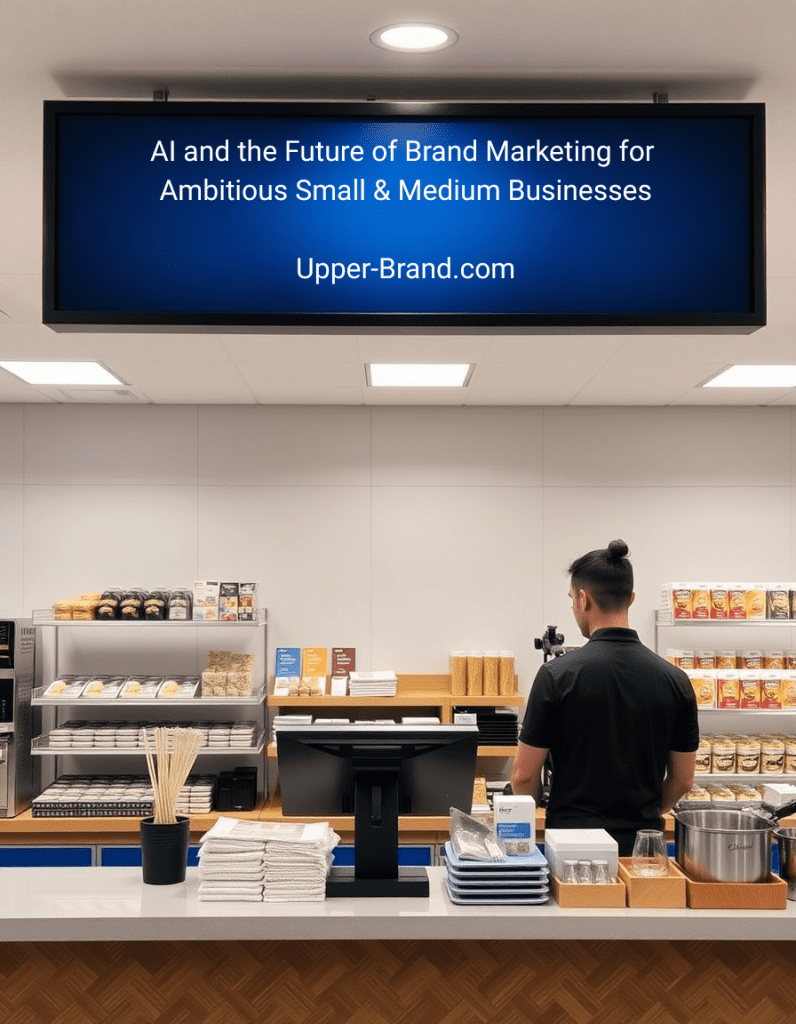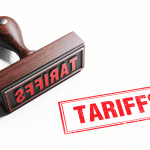Secured and Sophisticated: The Cyber Blueprint for Elite Brands in 2025
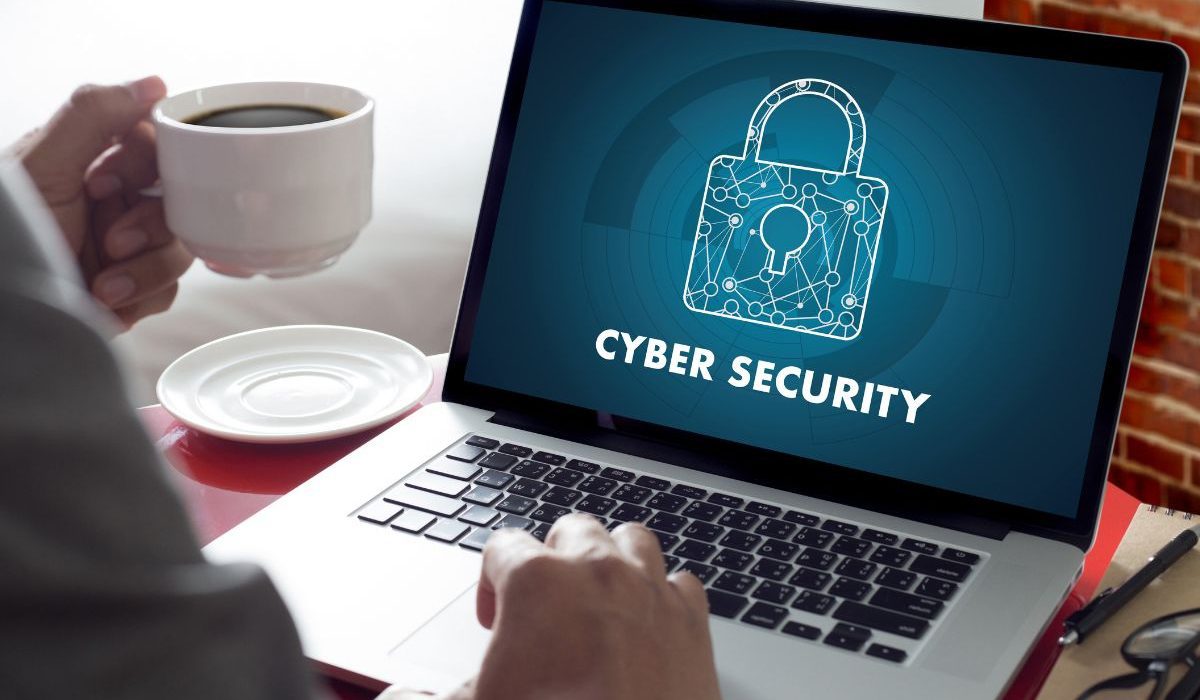
In the digital economy of 2025, elegance without resilience is no longer an option. The most admired brands aren’t just cutting-edge in their design and experiences—they’re also deeply secure. In this new landscape, cybersecurity isn’t a backend task; it’s a branding decision.
With global cybercrime expected to exceed $12 trillion this year, high-growth companies must stop treating cybersecurity as an IT function. It is now a strategic pillar of trust, innovation, and reputation. In a marketplace driven by AI, cloud platforms, and always-on customer interactions, your brand is only as strong as the system that protects it.
Digital Trust Is the New Luxury
Customers now demand more than beautiful websites and seamless checkouts. They want confidence. That confidence comes from knowing their data, identity, and digital journey are protected.
Whether you’re a boutique fashion label or a luxury fintech service, digital trust has become part of the customer experience. Security, when done right, enhances brand value. It communicates reliability. It builds loyalty. And in 2025, it is a non-negotiable signal of brand maturity.
Where North America Leads the Way
United States: Innovation Under Pressure: In the U.S., the private sector is carrying much of the innovation load. While agencies like the Cybersecurity and Infrastructure Security Agency continue to provide critical tools and oversight, budget pressures are real. Businesses have responded by embracing zero-trust frameworks and machine-learning–powered security solutions. For top-tier brands, cybersecurity is no longer a tech-department issue—it’s a full-enterprise mandate.
Canada: A Blueprint for Collaboration: Canada is investing in security through collective intelligence. The National Cyber Security Strategy encourages partnerships between public institutions and private enterprises. With most critical infrastructure in private hands, businesses are being called upon to elevate national defenses. Brands that align with initiatives like quantum-safe encryption and data-sharing ecosystems aren’t just securing their assets; they’re positioning themselves as national thought leaders.
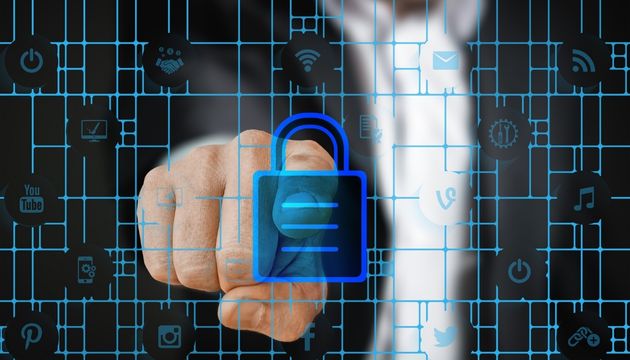
Emerging Threats That Target the Unprepared
- AI-Driven Phishing: Cybercriminals now use generative AI to mimic real voices and writing styles. Phishing emails and voicemails are nearly indistinguishable from legitimate communication. Your brand cannot afford a single moment of confusion.
- Quantum Risk: Quantum computing is a game-changer. Today’s standard encryption may be obsolete within months. Without quantum-ready protocols, your brand’s sensitive data could be exposed instantly.
- Supply Chain Weaknesses: Attackers are no longer targeting you directly—they’re exploiting weaker vendors and partners to gain access. Every third-party integration is now a potential vulnerability.
Small Brands, Big Moves
You don’t need a massive budget to be secure. You need structure, consistency, and foresight. Here is a five-layer framework for small and mid-sized brands looking to defend with sophistication:
- Multi-Factor Authentication: Simple, effective, and essential. It can prevent over 90 percent of credential-based attacks.
- Employee Training: Security awareness across the team stops most threats before they escalate.
- Patch Management: Keep your software up to date. Automated patching tools can close dangerous gaps in real time.
- Network Segmentation: Separate critical systems from day-to-day operations. Think of it as zoning in your digital architecture.
- Incident Response Plans: Have a playbook. Run drills. Know what to do before a crisis hits.
Enterprise-Grade Protection with Vision:
Larger brands face larger attack surfaces. But they also have more tools. Here’s what the leaders are doing:
- Predictive Threat Modeling: AI systems now simulate likely attacks before they happen—future-proofing your risk management.
- Zero-Trust Architecture: No one is trusted automatically. Every request is verified. It may sound rigid, but the fluid user experience makes it invisible.
- Behavioral Monitoring: Instead of watching who logs in, watch how they behave. Unusual patterns trigger real-time responses.
In elite environments, security must align with brand purpose. It must protect and enable at the same time.
A New Frontier: Digital Warfare
Today’s threats are no longer simple malware scripts. They’re multi-layered, AI-powered, and commercially packaged.
- Deepfakes: A fake video call from your CEO could derail operations. Your team must know how to verify, not just assume.
- Ransomware-as-a-Service: Attacks can now be rented. The entry cost for bad actors has dropped, which means attacks are rising.
- AI Reconnaissance: Bots scan systems 24/7. Every unguarded API, every forgotten login, is an open door.
Also Read: How to start your digital growth?
Elevated Defense Strategies:
- Cyber Deception: Place traps and decoys to divert and study attackers.
- Quantum-Ready Encryption: Future-proof your data with lattice-based protocols and advanced cryptography.
- Biometric and Behavioral Verification: From Face ID to typing patterns, new authentication tools are both elegant and effective.
The Cybersecurity Roadmap for Sophisticated Brands:
| Objective | Action |
| Passwordless Login | Shift to biometric or token-based access |
| DNS Encryption | Secure all web traffic from interception |
| AI Threat Monitoring | Deploy smart agents that learn and evolve |
| Cyber Insurance | Optimize premiums with detailed risk profiles |
| Dark Web Scanning | Monitor for leaked data and impersonation threats |
| Compliance Automation | Stay aligned with GDPR, CCPA, and PIPEDA with minimal effort |
Final Thoughts: Security Is Luxury
In 2025, brand equity isn’t just about aesthetics—it’s about assurance. Customers notice when a platform feels safe. Partners choose to collaborate when systems are solid. Investors stay longer when the future is secure. True sophistication is built from the inside out. The strongest brands aren’t just visionary—they’re vigilant.
This isn’t about fear. It’s about forward momentum. The most ambitious companies aren’t asking how to survive cyber risk—they’re asking how to grow through it. Let your brand be known not just for what it delivers, but for how confidently it delivers it. In 2025 and beyond, that is the ultimate advantage.





